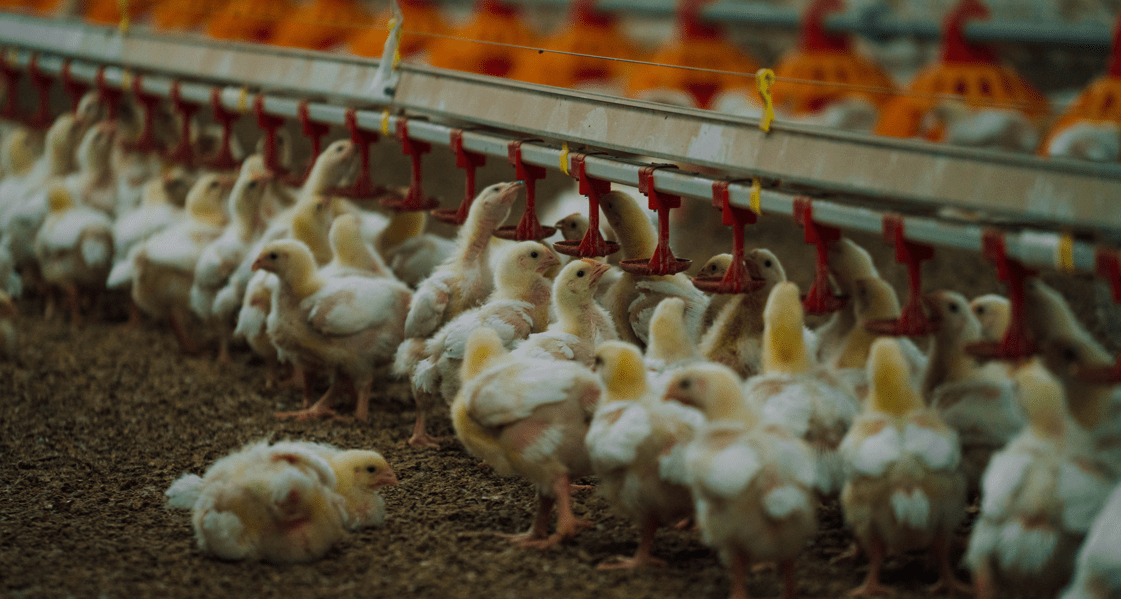Management of drinking water vaccination for poultry
28 June 2024
The administration of poultry vaccines via drinking water in order to confer protection against diseases is a long-established and widely used form of vaccination. It is regarded as a relatively simple and quick way of administering vaccines to a large number of animals in a short time. In addition, it is stress-free for the chickens as it does not require individual handling and is cost-efficient for the farmer. Nevertheless, this mass administration requires strict compliance with guidelines regarding water quality and preparation and application of the vaccines in order to obtain satisfactory results and guarantee protection of the whole flock (Guerin J.L.).
There are several factors involved in drinking water chicken vaccination and steps to follow in order to achieve the best and most homogeneous results. Variations in the water intake of individual birds or the potentially adverse effect of the water on the vaccines can reduce the uniformity of the immune response of the flock (Iburg M.).

To achieve the best results, there are general considerations for the drinking water that should always be taken into account, such as the amount of water provided (which should be sufficient for all the birds and of good quality) or the importance of poultry vaccine solutions not coming into contact with disinfectants or other chemicals (Fernandez A.).
Moreover, correct management of this route of administration is also crucial through all stages in the vaccination process:
Including all preparations for vaccination (calculation of the date, vaccine storage, dosage calculation, vaccine reconstitution…), preparation of the drinker systems and water withdrawal to ensure that birds will take the vaccine solution.
After preparation of the water system and the vaccine solution, the pipelines should be primed, filled with dyed water containing the vaccine and lowered for uniform consumption. In general, it is advisable to vaccinate in the morning and to avoid the hours of maximum heat.
Finally, it is important to check that the vaccine has been consumed within the recommended time,
by observing the dyed tongues of a representative number of birds, and to perform vaccination audits to ensure that the process was carried out correctly.
Watch the video for more detailed information on poultry drinking water vaccination:
Guerin J.-L. et al. (2024). Vaccination Technology in Poultry: Principles of Vaccine Administration. Avian diseases 2024 67:4 (489-494)
Iburg M. (2023). Drinking water vaccination against Salmonella – a proven concept also in day-old chicks. Lohmann information No. 28 / 2003, page 1.
Fernandez A. (2008). Drinking Water Vaccination. Aviagen Brief
Don't miss any updates
Controller: LABORATORIOS HIPRA, S.A.
Purposes: Managing the contractual and/or business relationship with HIPRA, including sending news, promotions and invitations to events sponsored by HIPRA.
Lawful basis: Performance of the contractual relationship and HIPRA’s legitimate Interest.
Recipients: Third parties to which HIPRA has entrusted cloud computing, security, auditing, mailing, technical and computer support services, as well as companies in its group.
Rights: Request access to and rectification or erasure of personal data and other rights as explained in the additional information. You can seeview the detailed additional information about data protection in our Privacy Policy.
For further information, please check our detailed information on Data Protection.